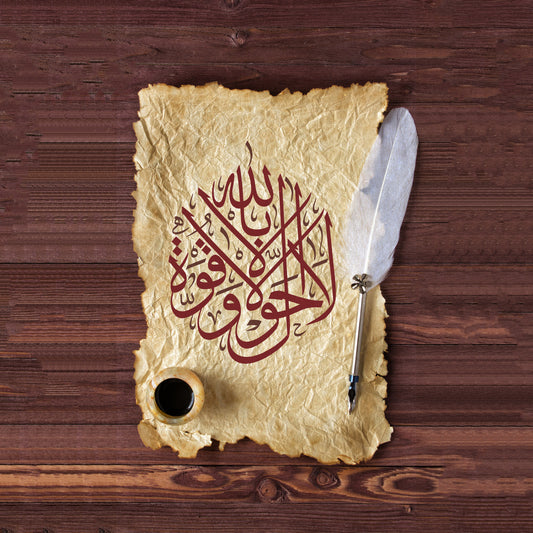Islamic Art

The Impact of Islamic Art on Western Culture
To summarize, Islamic art has had a long-standing influence on Western culture, influencing everything from architecture to literature. Its emphasis on education and spiritual growth, as well as its influence...
The Impact of Islamic Art on Western Culture
To summarize, Islamic art has had a long-standing influence on Western culture, influencing everything from architecture to literature. Its emphasis on education and spiritual growth, as well as its influence...

Islamic Tiles: A History and Guide
Islamic tiles are decorative tiles with roots dating back to the 7th century in the Arab world. They have been used to decorate the walls and floors of mosques, palaces,...
Islamic Tiles: A History and Guide
Islamic tiles are decorative tiles with roots dating back to the 7th century in the Arab world. They have been used to decorate the walls and floors of mosques, palaces,...

The Beauty of Islamic Calligraphy
The beauty of Islamic calligraphy is a thing to behold. It is an art form that dates back centuries and is deeply rooted in Islamic culture and tradition. From mosques...
The Beauty of Islamic Calligraphy
The beauty of Islamic calligraphy is a thing to behold. It is an art form that dates back centuries and is deeply rooted in Islamic culture and tradition. From mosques...

10 Surprising Facts About Islamic Art
Islamic art is a term that refers to the artistic traditions and styles developed in the lands where Islam is the dominant religion. It covers a wide range of media,...
10 Surprising Facts About Islamic Art
Islamic art is a term that refers to the artistic traditions and styles developed in the lands where Islam is the dominant religion. It covers a wide range of media,...
